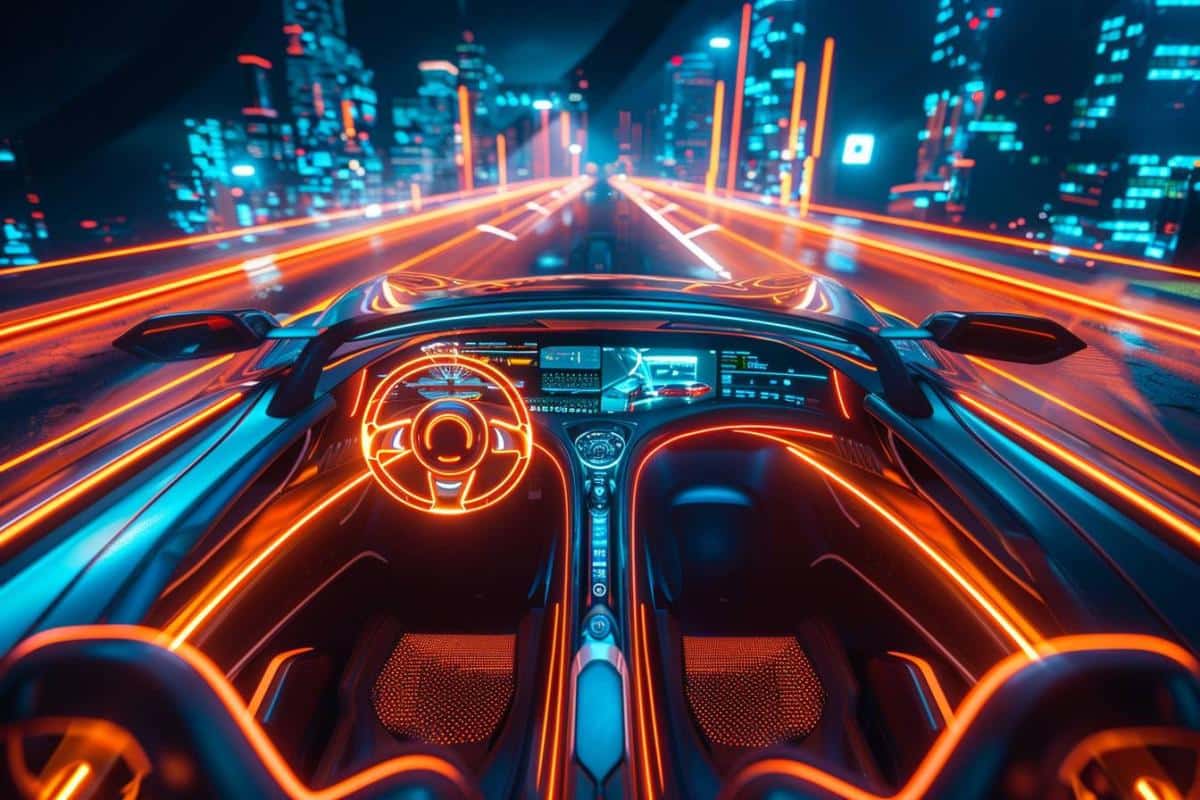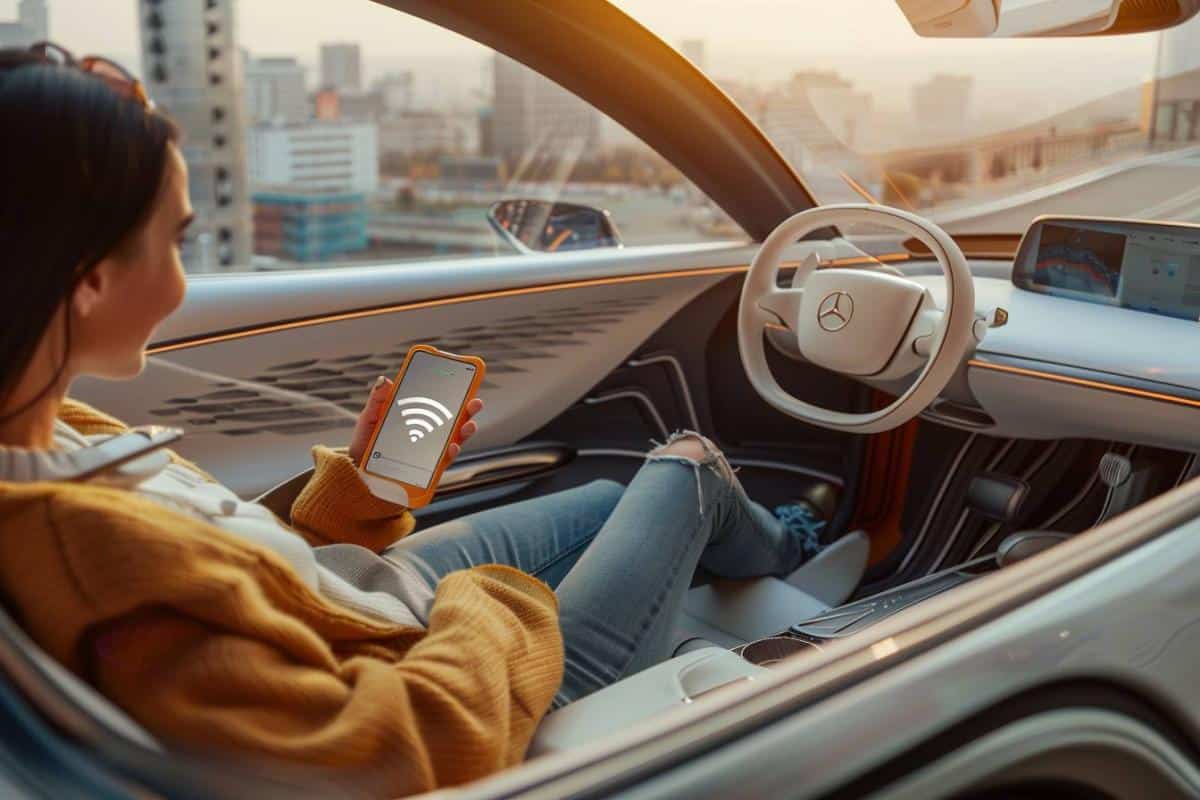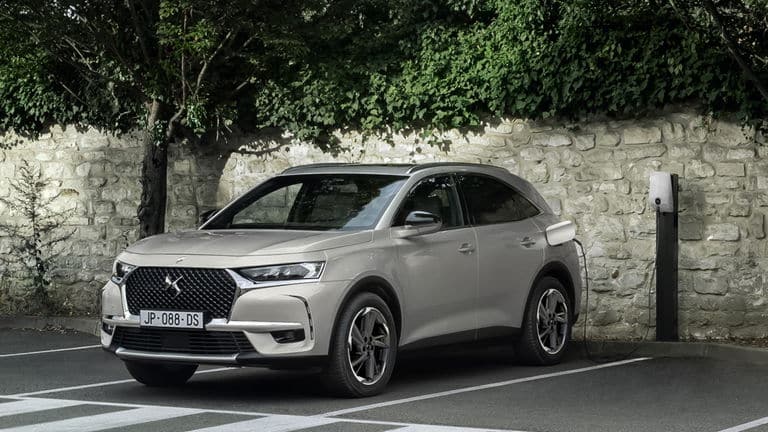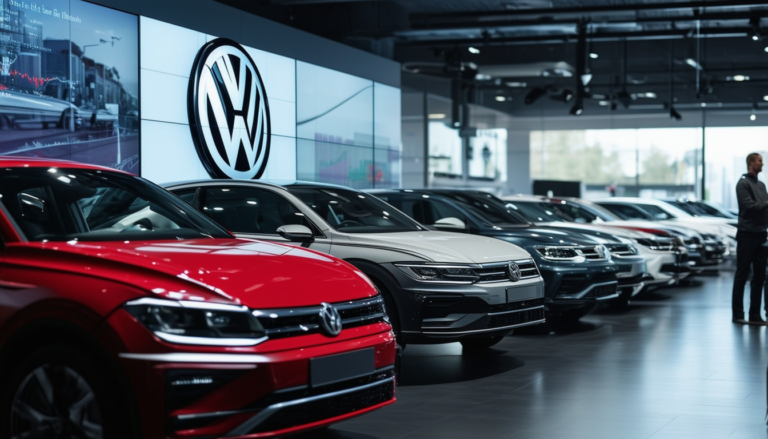Atention: the strange technology of the cars of the future (it will surprise you)

The automotive industry is at a turning point. The cars of the future will not only change the way we travel, but will also transform our daily lives. With the increasing integration of technology and artificial intelligence, vehicles are becoming complex and connected systems that offer more than just transportation. As we move towards this new era, the question “What to expect from future cars ?” becomes crucial for understanding the changes ahead.
SUMMARY:
| main ideas | details |
|---|---|
| 🚗 technology in vehicles | Integrate artificial intelligence and IoT for a better driving experience. |
| 🦺 advanced safety | Use pedestrian detection to significantly reduce accidents. |
| 🛣️ traffic optimization | Leverage big data to improve urban planning and reduce traffic jams. |
| 🔋 charging infrastructure | Implement charging stations to achieve the transition to electric vehicles. |
How will future cars be ?
Looking ahead, it is expected that future vehicles will be equipped with intelligent transport systems (ITS) that will enhance safety, efficiency, and ease of driving. These systems will use artificial intelligence, big data, and the Internet of Things (IoT) to optimize the driver experience. As a result, the automotive industry is heavily investing in research and development, leading to innovations that are already beginning to emerge.
One of the most notable features will be the pedestrian detection using artificial intelligence. This technology will allow cars to respond more quickly and accurately to potential dangers, significantly reducing the number of accidents. Moreover, we are seeing a rapid advancement towards autonomous driving, where vehicles will be able to navigate without human intervention. This development will not only make travel safer but will also drastically change how we perceive transportation. I want to emphasize that this trend is something I am deeply passionate about, both from a technical and practical standpoint.
- Improved safety with ITS and AI.
- Advanced autonomous driving.
- Traffic optimization and reduction of jams.
The ITS will not only improve safety but will also optimize road infrastructure. They will use real-time traffic data to assist officials in improving urban planning and reducing congestion. Thus, roads will become more efficient and less congested.
Another key aspect that I look forward to is the incorporation of charging infrastructure for electric vehicles. As we move towards a greener future, Europe has set a goal to eliminate cars that emit CO₂ by 2035 and to achieve zero emissions for all vehicles by 2050. This transition will require a significant increase in charging stations and the mass adoption of electric vehicles.
Breaking the barriers that hinder electrified cars: price and infrastructure
Electrification is a crucial part of the automotive future, but it also faces significant challenges, especially regarding price and infrastructure. The high costs of electric vehicles and the lack of adequate charging infrastructure are barriers we need to overcome for mass adoption. However, I am convinced that with technological advancements and increased investment, these barriers will be reduced.
| Challenges | Solutions |
|---|---|
| High initial costs | Innovation and economies of scale |
| Insufficient charging infrastructure | Expansion and improvement of the charging network |
I cannot help but mention that the automotive market is also seeing a shift in ownership models. With a greater focus on car rentals and subscription models, instead of traditional purchase, a significant transformation is expected in how we access vehicles. Ridesharing companies are leading this change, promoting business models where the autonomous car could eliminate the need for private vehicle ownership. This will not only make transportation more accessible but will also reduce traffic and pollution.
The connectivity between vehicles and urban infrastructures will also transform our cities. Better traffic management, greater efficiency, and more sustainable urban planning are just some of the advantages this new era will bring. The implementation of low emission zones (LEZ) and the Sustainable Mobility Law in various cities is driving the use of public transportation and other forms of sustainable mobility such as car sharing and public bicycles.
The Wi-Fi connectivity in chargers for electric vehicles will also allow for greater efficiency and ease of use, eliminating some of the anxiety that drivers may feel when looking for available charging stations.
Sustainable mobility in company fleets will take off even more in 2024
Another important trend is the adoption of sustainable mobility in company fleets. Many companies are seeing the benefits of switching to electric vehicles, both from a sustainability and economic standpoint. The reduction of operational costs and compliance with environmental regulations are leading more companies to make the transition.
- Reduction of operational costs.
- Compliance with environmental regulations.
- Improvement of corporate image.
In this context, I have observed an increase in demand for electric vehicles in the corporate market, driven by favorable government policies and growing environmental awareness. This trend will not only benefit companies in terms of cost efficiency and sustainability, but it will also encourage manufacturers to innovate in this area.
The automotive sector is investing heavily in eco-friendly materials and in battery efficiency. From the use of recycled plastics to sustainable textiles, transitioning to a cleaner and greener environment is a priority. Advances in battery technologies are also helping to increase the range and efficiency of electric vehicles, making them a more viable option for companies.
Few changes for Toyota: “We have been working with electrified vehicles for years”
An interesting case is that of certain traditional brands that seem to be ahead in this green movement. These companies have championed electrification for years and, therefore, their transition to zero-emission cars will be less dramatic. I give them credit for their ongoing efforts to advance towards a greener future without compromising the quality and safety of their vehicles.
The impact on society and the economy will also be significant as we move towards a more technological and sustainable automotive landscape. The geopolitical implications and global energy policy will be profound, with reduced dependence on fossil fuels and a greater focus on renewable energies. I find it fascinating to imagine how these changes will impact not only urban mobility but also urban planning and daily life in general.
With this outlook, we can anticipate that 2023 will be a year of inflection in the used vehicle (UV) sector, which will become the epicenter of sustainable mobility.
What technologies will change the way we drive ?
The revolution in the automotive industry does not stop at electrification. Various technologies are emerging to change how we drive. Among the most impactful are artificial intelligence, advanced driver-assistance systems (ADAS), and computer vision.
AI plays a crucial role in enhancing safety by optimizing responses to dangers and detecting pedestrians. Additionally, it allows autonomous vehicles to make quick and safe decisions. Advances in sensors and computer vision enable greater autonomy and safety. From cameras to global positioning systems (GPS), these technologies are redefining mobility.
- Artificial intelligence.
- Advanced driver-assistance systems (ADAS).
- Computer vision and sensors.
The implementation of these technologies will not only improve safety but also make driving more efficient and comfortable. Additionally, by reducing human error, these systems will help decrease traffic accidents. In my opinion, these advances are a testament to the incredible potential of technology in transforming the automotive industry.
Ultimately, the question “What to expect from future cars ?” leads us to a future full of innovations and changes. From autonomous and electrified vehicles to new forms of ownership and sustainable urban planning, the cars of the future are set to redefine mobility. As a passionate enthusiast of mechanics and automotive design, I cannot wait to see how these developments will revolutionize our daily lives.
It is crucial to stay informed and open to these changes, as the technological evolution in automotive is advancing at an unprecedented pace and promises a new era of intelligent, safe, and sustainable mobility.






